

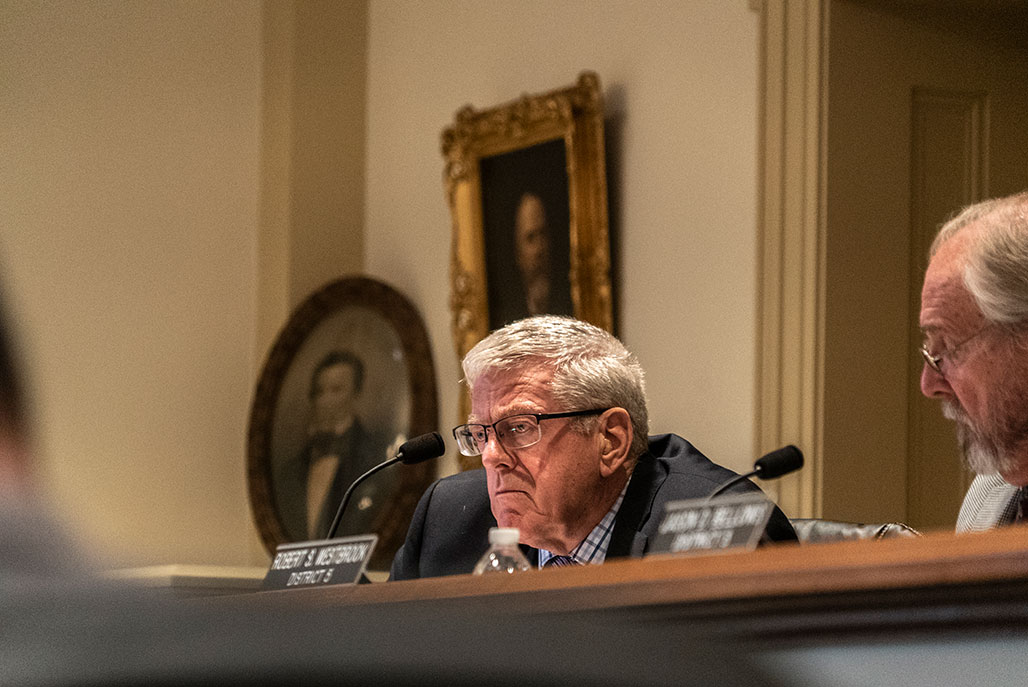
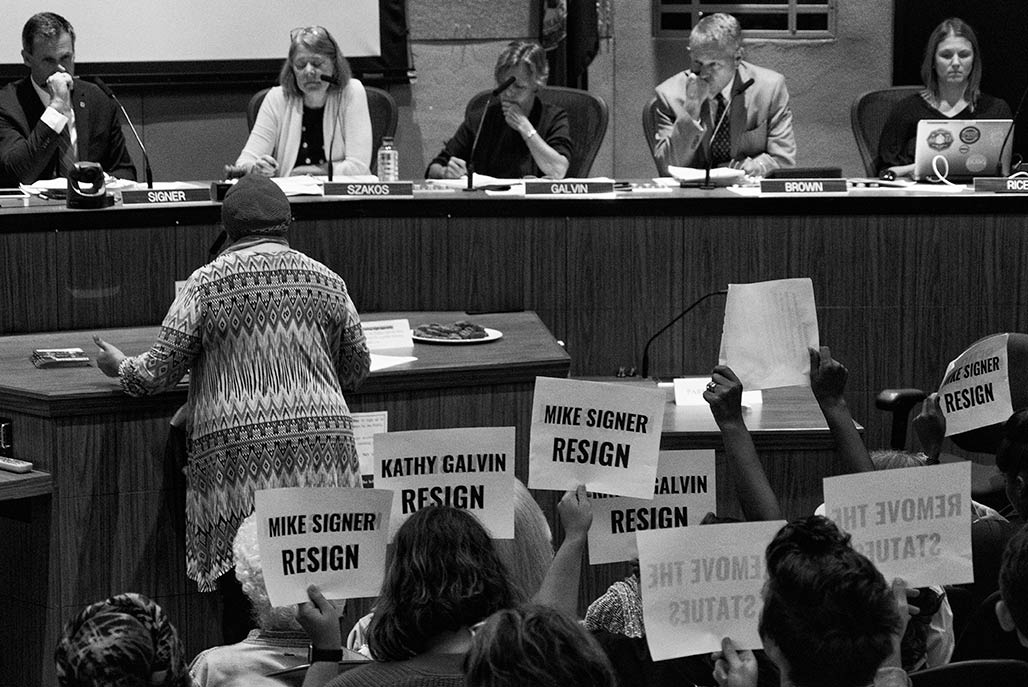
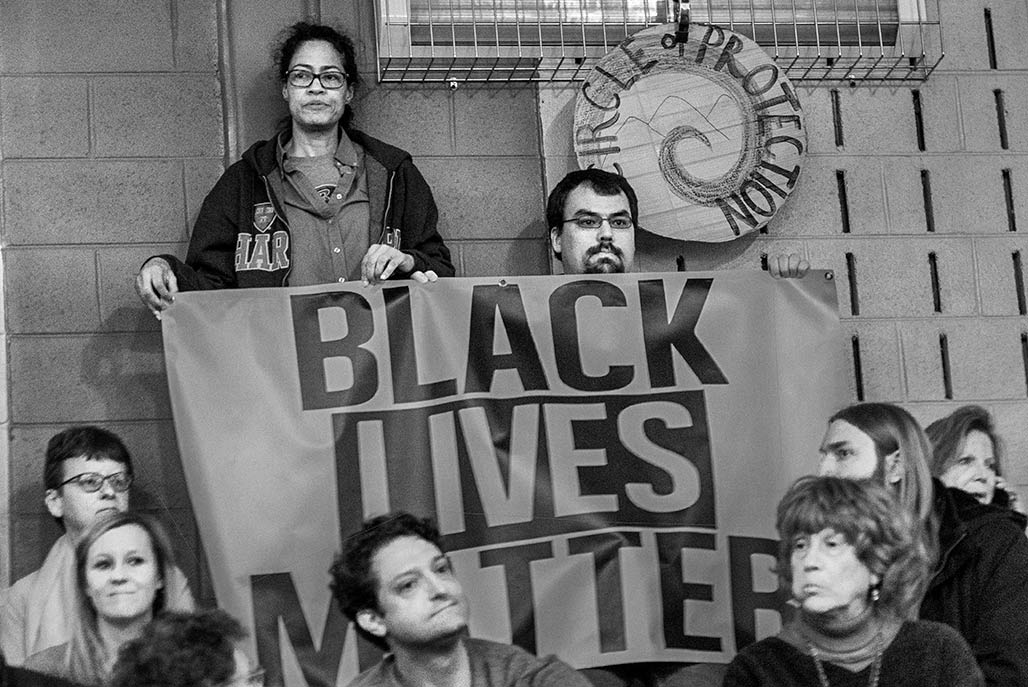

photography from the Chesapeake Bay watershed by Bill Emory






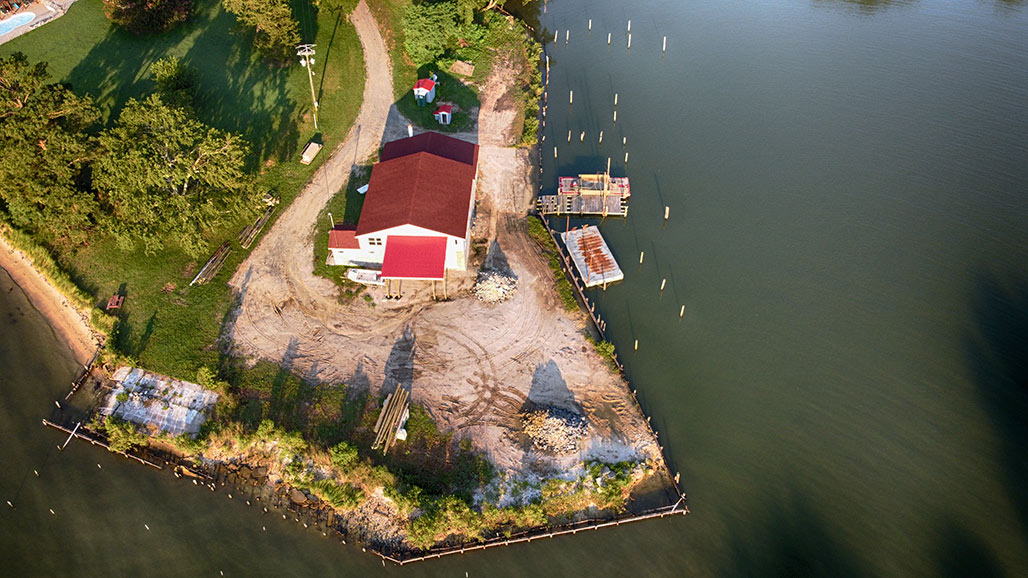
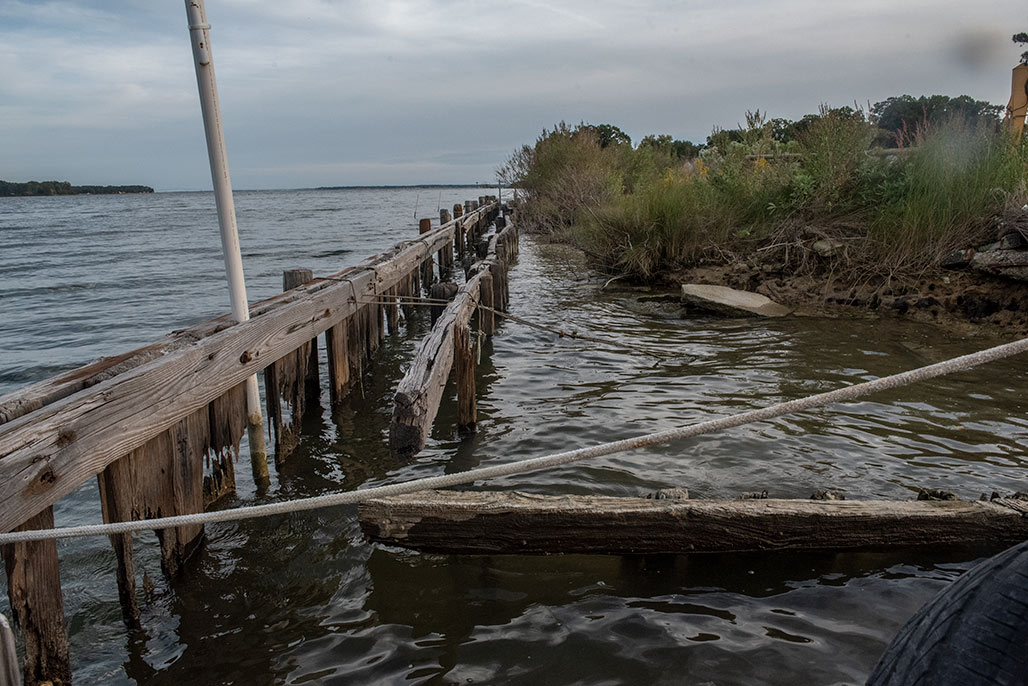
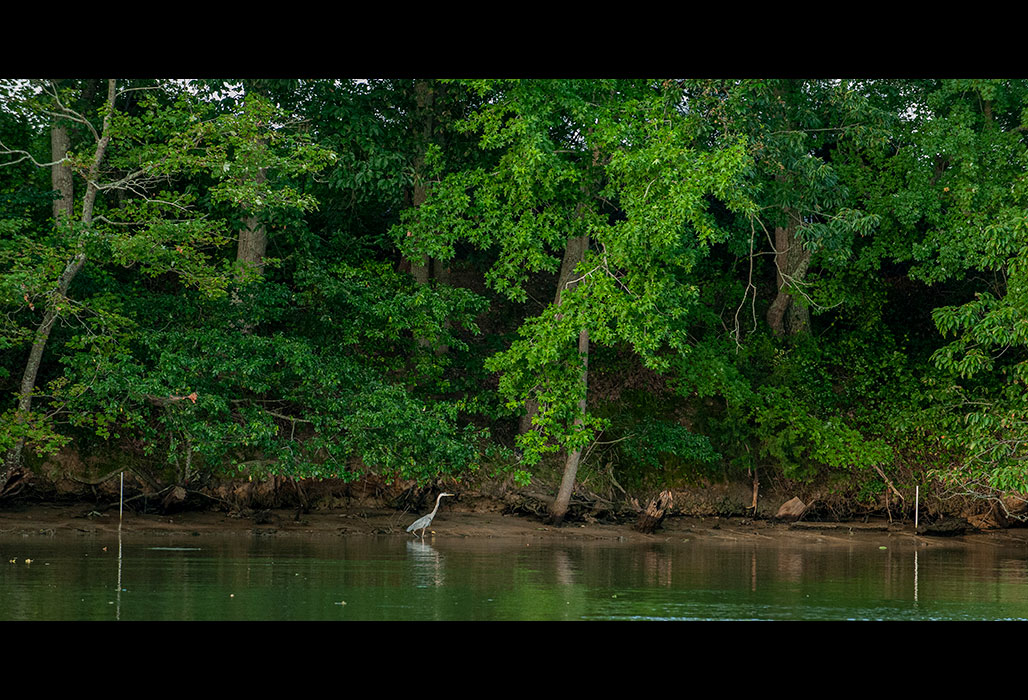
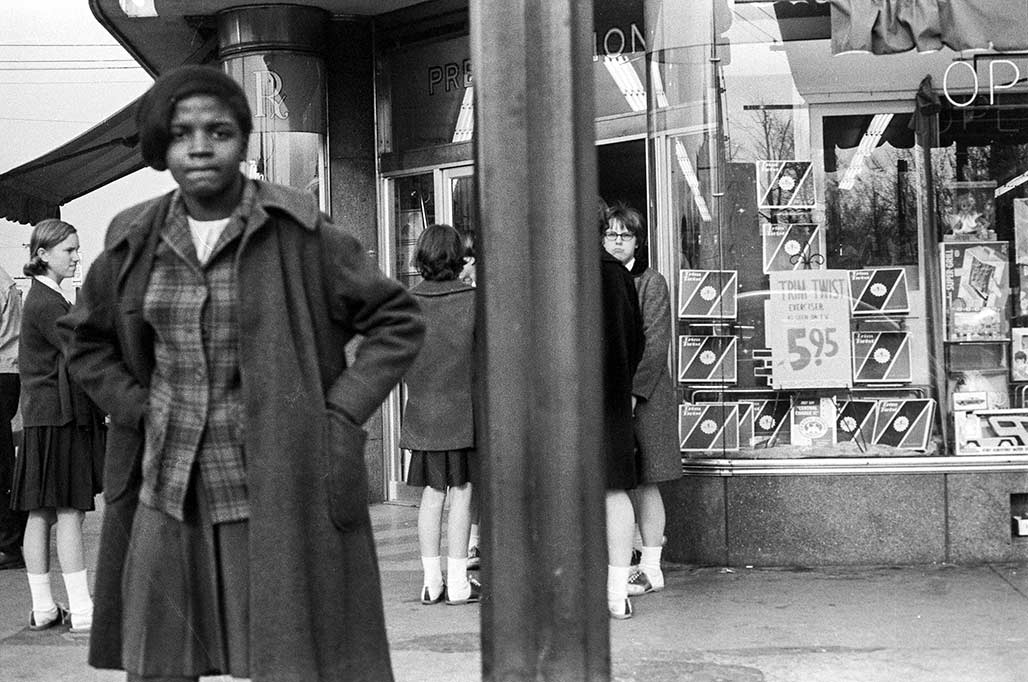
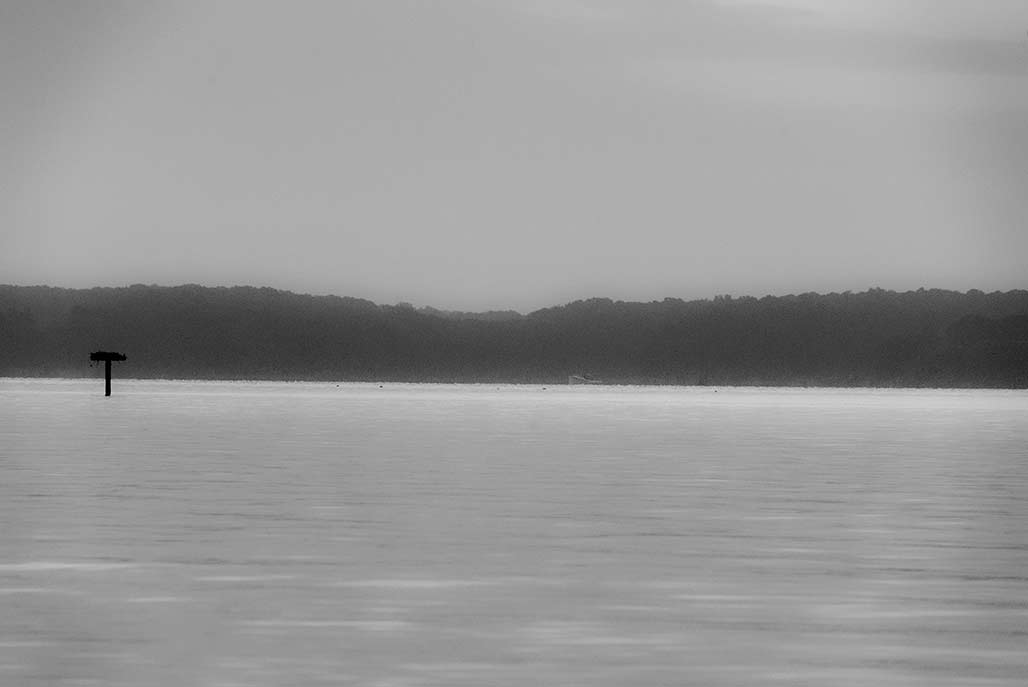
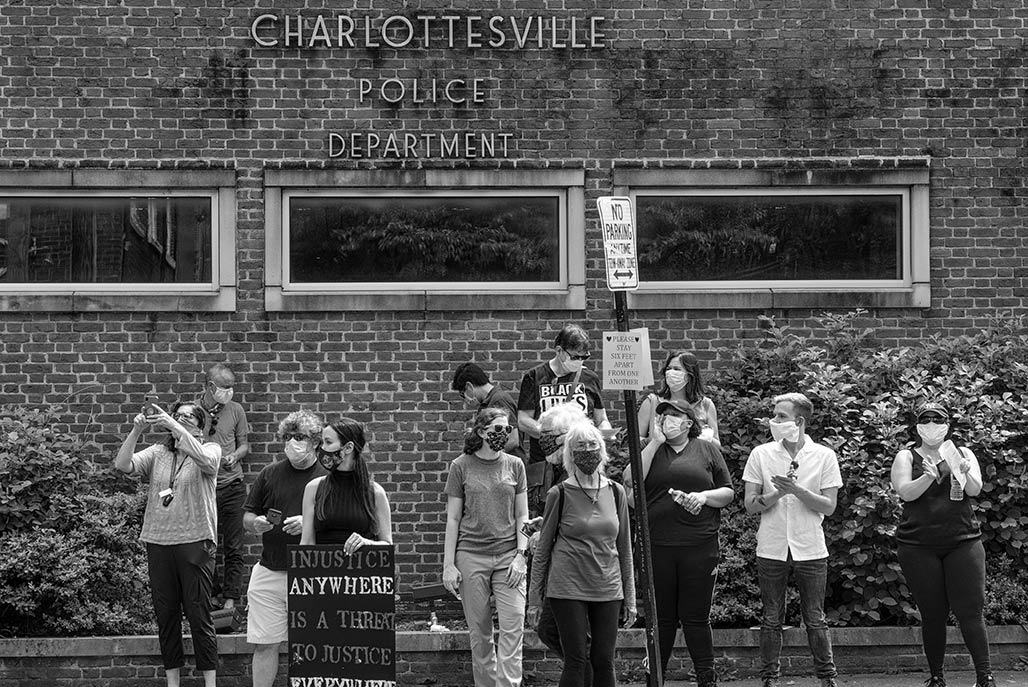


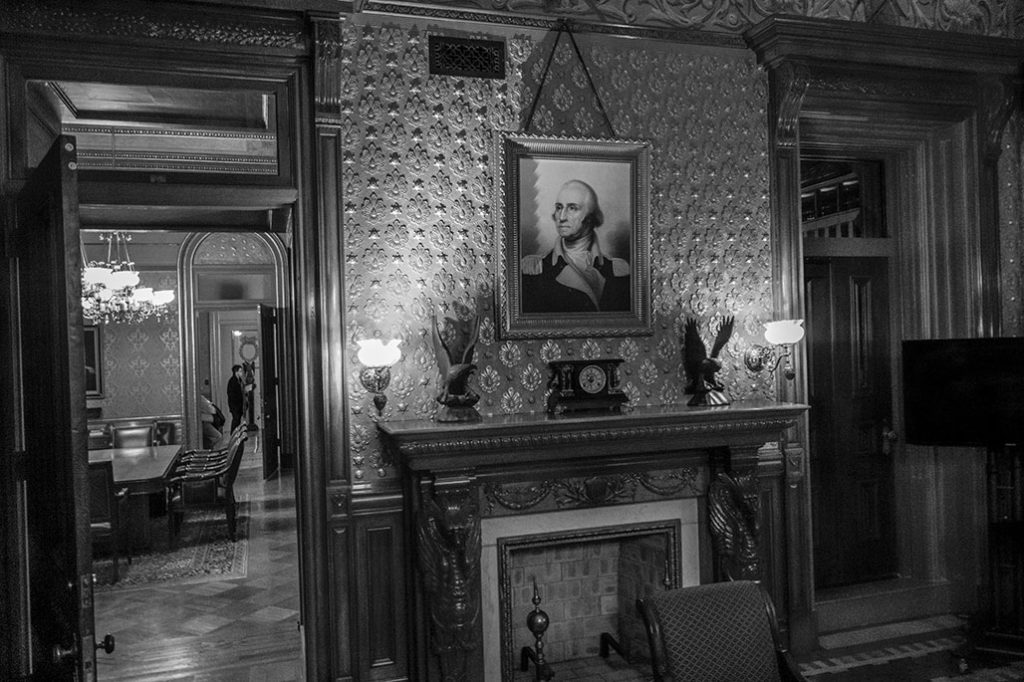


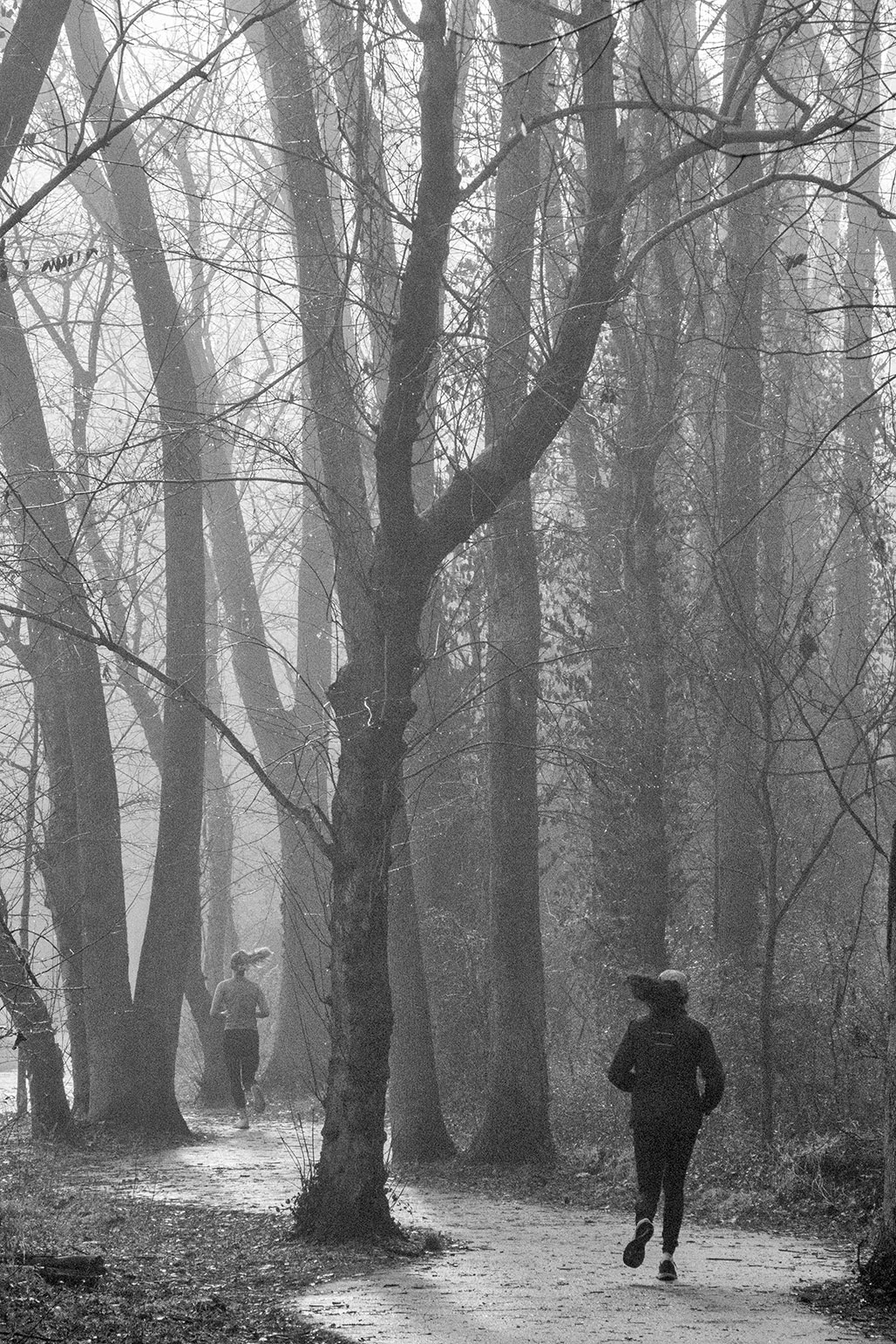
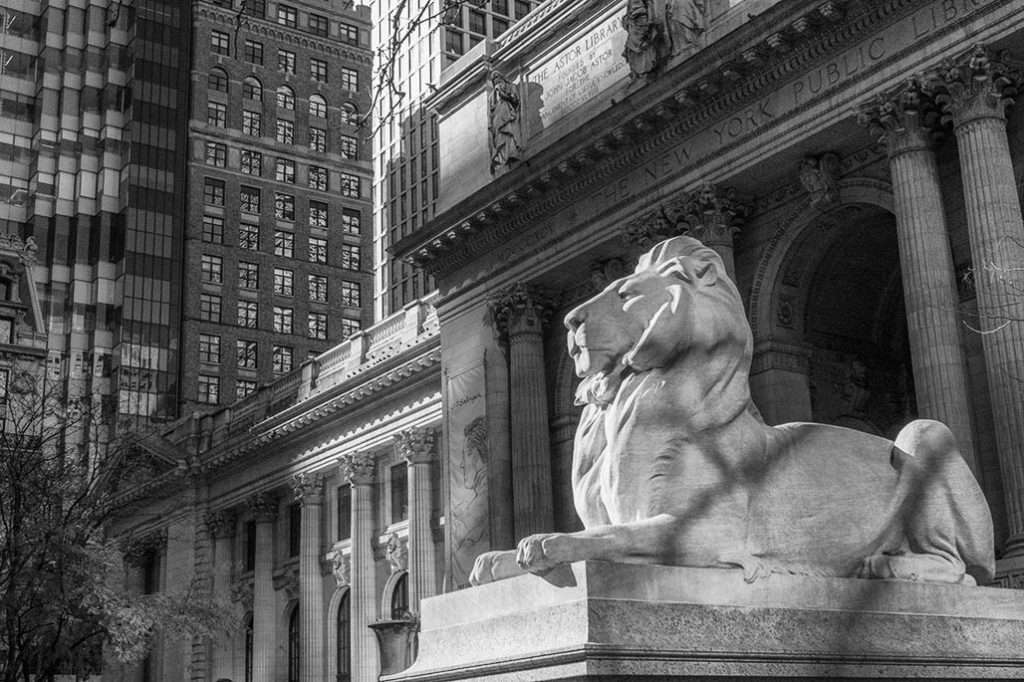
Called “New York’s most lovable public sculpture” by architecture critic Paul Goldberger, the Lions have witnessed countless parades and been adorned with holly wreaths during the winter holidays and magnificent floral wreaths in springtime. They have been bedecked in top hats, graduation caps, Mets and Yankee caps, and more. They have been photographed alongside countless tourists, replicated as bookends, caricatured in cartoons, and illustrated in numerous children’s books. One even served as the hiding place for the cowardly lion in the motion picture The Wiz.
According to Henry Hope Reed in his book, The New York Public Library, about the architecture of the Fifth Avenue building, the sculptor Edward Clark Potter obtained the commission for the lions on the recommendation of Augustus Saint-Gaudens, one of America’s foremost sculptors. Potter was paid $8,000 for the modeling, and the Piccirilli Brothers executed the carving for $5,000, using pink Tennessee marble. After enduring almost a century of weather and pollution, in 2004 the lions were professionally cleaned and restored.
Their nicknames have changed over the decades. First they were called Leo Astor and Leo Lenox, after The New York Public Library founders John Jacob Astor and James Lenox. Later, they were known as Lady Astor and Lord Lenox (even though they are both male lions). During the 1930s, Mayor Fiorello LaGuardia named them Patience and Fortitude, for the qualities he felt New Yorkers would need to survive the economic depression. These names have stood the test of time: Patience still guards the south side of the Library’s steps and Fortitude sits unwaveringly to the north.–New York Public Library